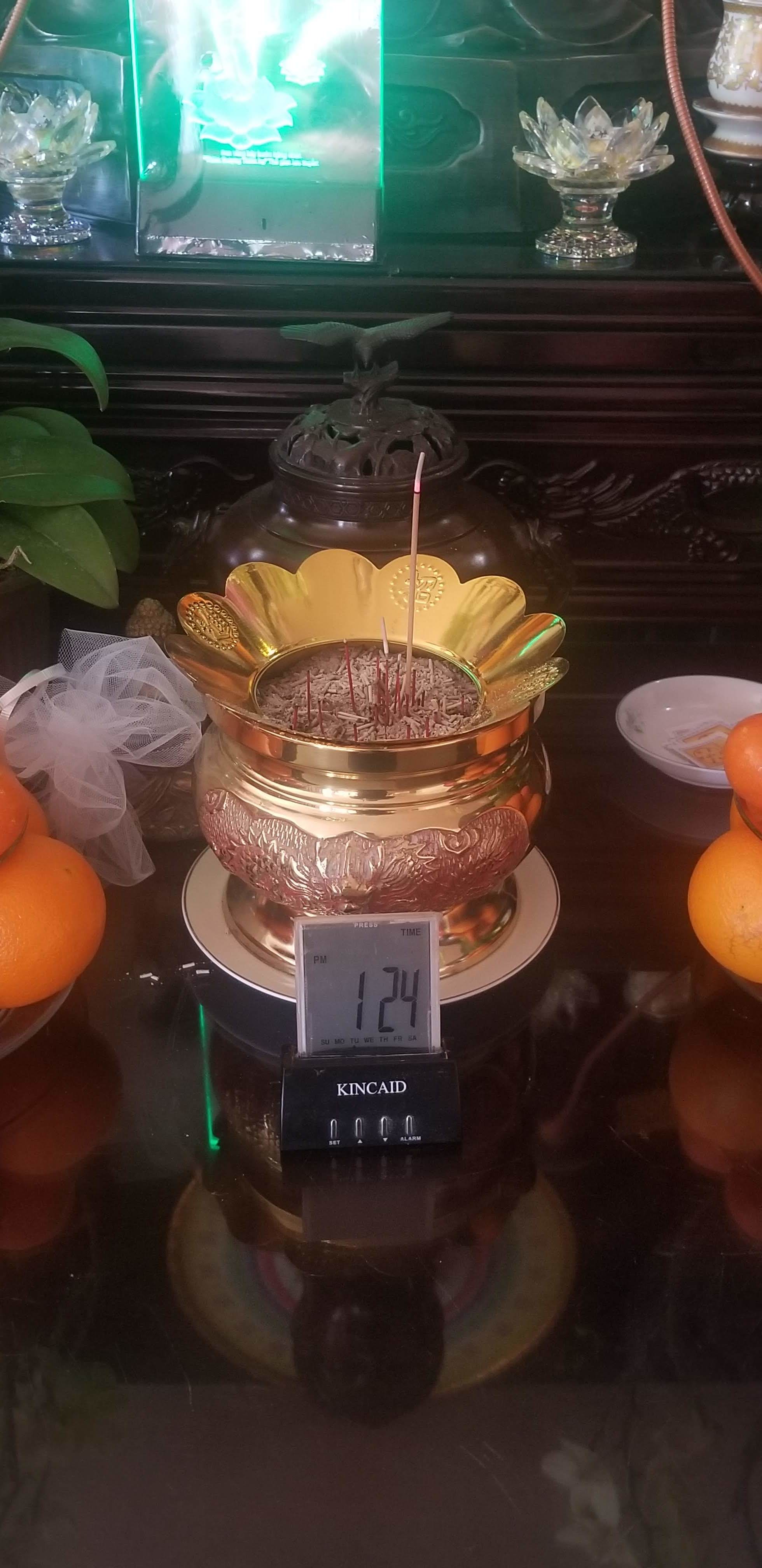Smell
The final sense to discuss is smell and pictured to the left is an incense stick burning in an incense pot. These incense sticks are crucial to the temple because it is commonly used to honor the many different religious figures within Buddhism through the practice of burning them as seen in the image. These incense sticks do not emit a particularly strong smell as it is typically their smoke from being burnt that emits the smell. However, smell does not necessarily present itself in isolation as it is often involved with the other four senses. For example, the smell of the food they serve is important in leaving a positive memory to the audience along with the actual taste because they all engage the body.
Furthermore, even though these sections are discussed separately from each other, they are all intrinsically woven together to affect the body and create a tangible experience and memory to each person. Endres and Senda-Cook describe the importance of "learning to smell, feel, hear, taste, and see rhetoric all around is necessary because otherwise ephemeral and material rhetorical devices remainn unnoticed" (Endres and Senda-Cook 297). Therefore, it is crucial to understand how these senses are affected by the temple to leave a positive imprint within public memory as a temple. All of these senses demonstrated through different Buddhist practices and experiences highlights the temple's ephemeral and material rhetorical devices that ground the abstract idea of religion and sacredness.
